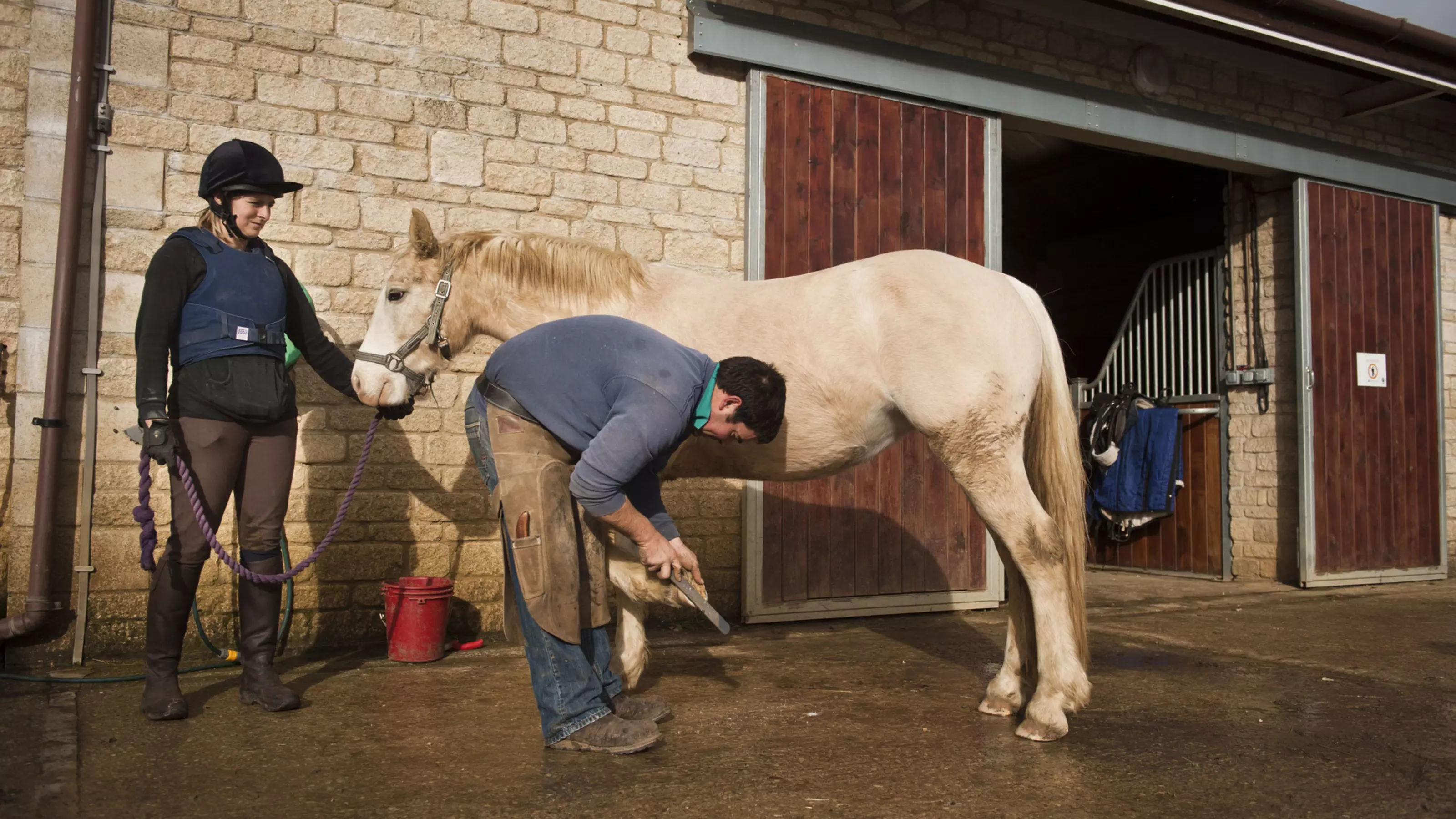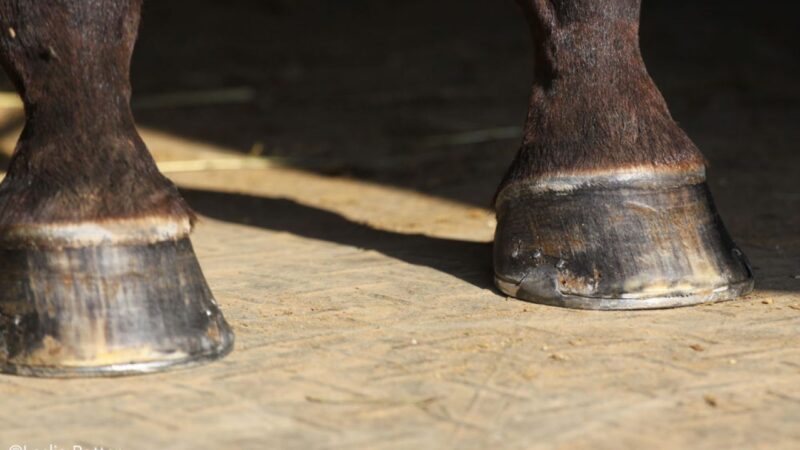White line disease is a common and frustrating ailment that affects many horses. It can be a challenging condition to manage, but with the right techniques and strategies, it is possible to keep your horse healthy and happy.
In this article, we will explore various methods for maneuvering against white line disease, including preventative measures, treatment options, and ways to promote overall hoof health. By staying informed and proactive, you can help your horse overcome this troublesome issue and maintain optimal well-being.
Understanding White Line Disease in Horses

Understanding White Line Disease in horses is essential for horse owners and caretakers in order to effectively manage and prevent this common hoof ailment. White Line Disease, also known as seedy toe, is a fungal infection that affects the inner hoof wall, specifically the region near the white line of the hoof.
This condition often presents as a separation between the hoof wall and the sole, creating a space where dirt, debris, and bacteria can accumulate, leading to further infection and deterioration of the hoof structure.
Symptoms of White Line Disease may include white powdery material in the hoof wall, foul odor, and lameness. Proper diagnosis and treatment are crucial to preventing long-term damage to the hoof and ensuring the overall health and soundness of the horse.
Preventative Measures for White Line Disease

Preventative measures for white line disease are essential for maintaining the overall health of your horse. Regular hoof inspections, proper trimming and shoeing by a qualified farrier, and maintaining a clean and dry environment are key steps in preventing the onset of this painful condition.
Additionally, providing a balanced diet rich in essential nutrients such as biotin and zinc can help strengthen the hooves and prevent cracks and weaknesses that may lead to white line disease. Keeping your horse at a healthy weight and providing regular exercise can also contribute to overall hoof health and reduce the risk of developing this common hoof ailment. By taking proactive measures and staying vigilant in your horses care, you can help prevent white line disease and keep your horse sound and healthy for years to come.
Identifying and Treating White Line Disease in Horses

Identifying and treating white line disease in horses can be a challenging task for horse owners and veterinarians alike. This common hoof ailment is caused by fungi and bacteria infiltrating the inner layers of the hoof through weakened or compromised white line tissue. Early signs of white line disease include changes in hoof shape, increased sensitivity, and crumbling of the hoof wall.
Treatment typically involves thoroughly cleaning and debriding the affected area, followed by applying antifungal and antibacterial medications to eliminate the infection. Proper hoof care, regular trimming, and monitoring for signs of recurrence are essential in managing and preventing white line disease in horses. Understanding these techniques and promptly addressing any issues can help maintain the overall health and soundness of your equine companion.
Conclusion
In conclusion, maintaining proper hoof health is vital in preventing white line disease in horses. By implementing techniques such as regular hoof cleaning, proper trimming, and good nutrition, horse owners can effectively combat this common ailment.
Additionally, using products like Best Hoof Conditioner can help to nourish and strengthen the hooves, further fortifying them against infection. It is important for horse owners to stay vigilant and proactive in their approach to hoof care in order to keep their equine companions healthy and thriving.


